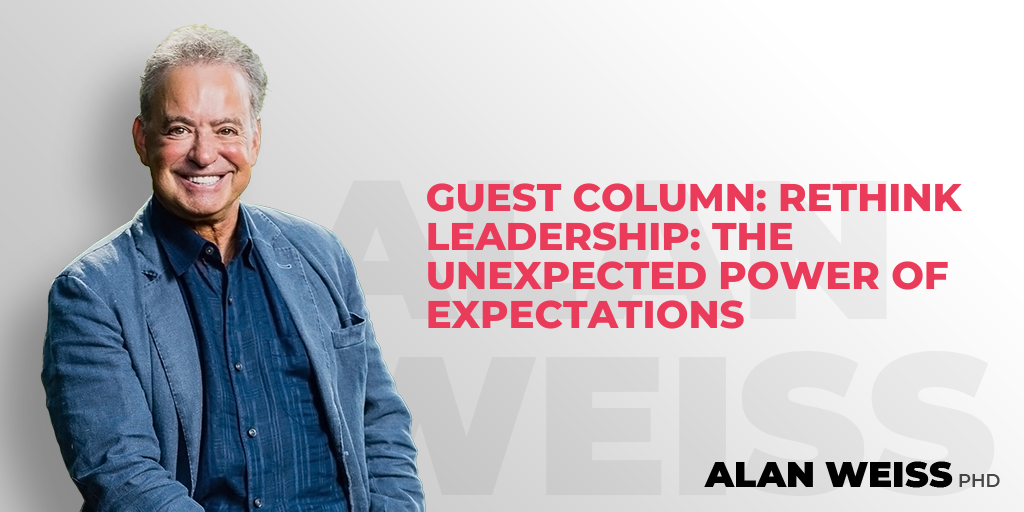Three Myths About Enterprise Management Costing You Money
Gary Patterson is a graduate of the Million Dollar Consulting™ College and Alan’s Growth Cycle.®
Three Myths About Enterprise Risk Management Costing You Money
by Gary Patterson
How much would you like to make and KEEP more money while reducing stress in your life? That is what Bill, one of my first employers, told me I was supposed to do, for him.
I did not know then that this back to the basics goal would be called enterprise risk management (ERM).
This basic tool and concept which can be extremely helpful often gets an unfair bad rap, which prevents people from benefitting from its good aspects. Those good aspects can increase the likelihood of opportunities occurring, reduce risk and give you more control over your life.
Before some of you become a believer, you may need to debunk one or more of the following common myths.
Myth # 1 – Only super quants can use it. Not true after you compare this to a process you may already use, or can use to start the journey to ERM. Contingency planning, strategic planning, scenario based planning and other well documented tools can be your starting point to get into the game of benefitting from finding blind spots.
Myth # 2 –It is extremely expensive to employ. Not true unless you want to create the massive systems and processes to win awards and trophies from various versions of risk management societies or associations. Start with a more basic version of ERM, as suggested under myth # 1 and then award yourself a trophy for creating a much more basic, much more practical version which you will actually use and maintain.
Myth # 3 – It doesn’t work even after all the time, effort and money invested. Not true. Do not hold the supposed short cuts and failure to follow their own enterprise risk management systems at Lehman Brothers and BP against more practical applications being used elsewhere.
After considering how whatever myth concerned you might be overblown, take a second look at some version of ERM on a beer budget.
Fir your business, where could discovering and then acknowledging blind spots make or reduce losses? Consider opportunities which will not occur as desired when resources are not properly allocated or even available. Given the invaluable gift or time to react, leaders can adjust and refocus as needed. I have seen new opportunities often arise in the readjustment process, when you learn what was not working.
“What you don’t know about your business can cost you your business.” I add the fact that sticking out your balance sheet is no more comfortable than a visit to your doctor for either you or your company, but it’s every bit as important. Even if it’s bad news (maybe especially) you need to know.
After all, the company or job this process saves may be your own or one of your friends. If you have an extra 400 million dollars lying around the house, which solved the problem for Knight Capital, just keep doing what you have been doing. Most people I know do not have that luxury.
Gary Patterson, the FiscalDoctor®, works with leaders who want to uncover blind spots IN TIME to make better decisions in industries spanning supply chain, high tech, transportation, construction, and service industries. For more information, visit his website at www.fiscaldoctor.com and his “free” fiscal fitness test at www.fiscaldoctor.com/fiscaltest.html. He can be reached at 678-319-4739.






